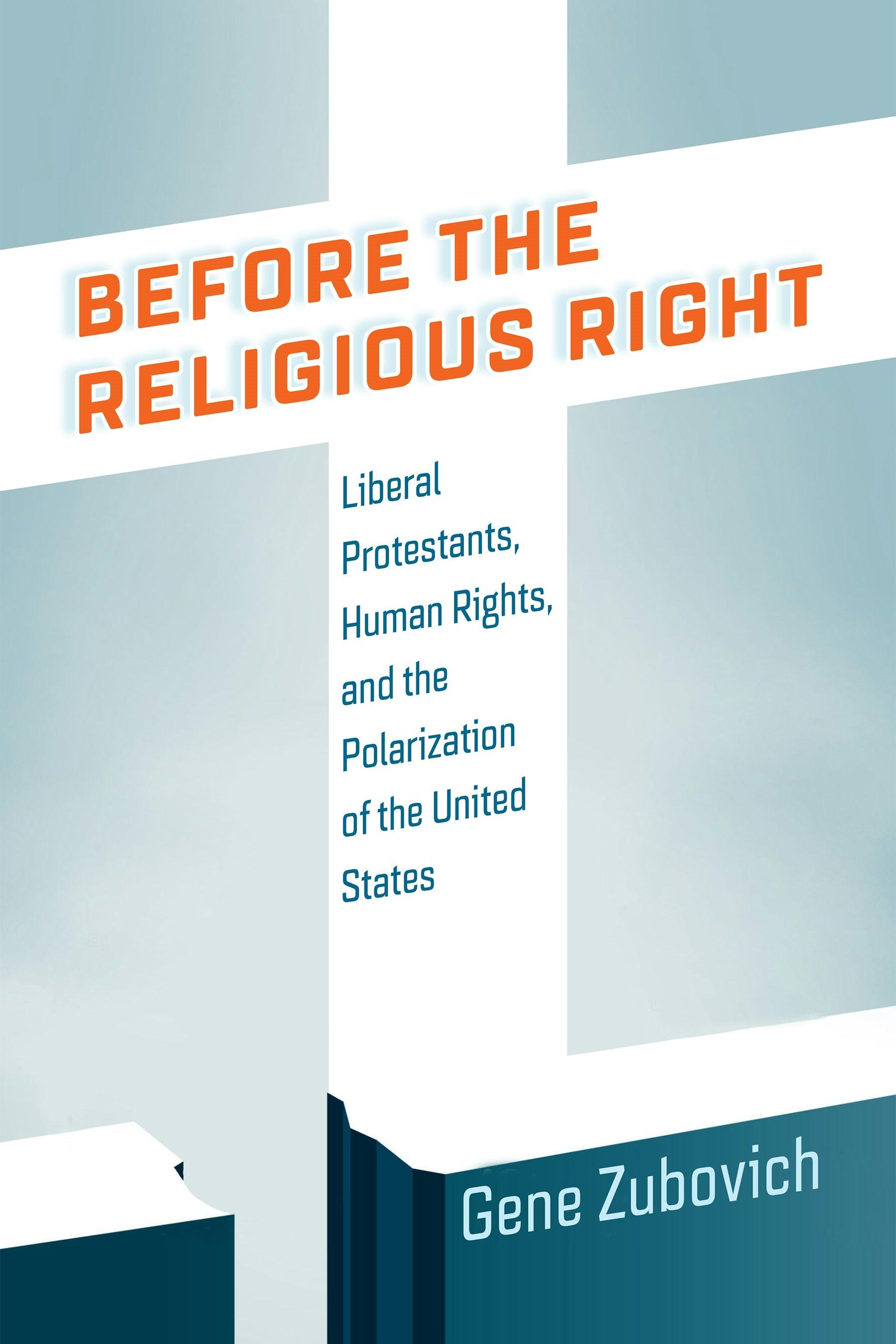Political upheaval has produced a split within a large Christian community. The once-unified people have hardened into separate and oppositional cultures. On one side is a mix of institutional leaders, pastors, and intellectuals who claim a centrist, even progressive, mandate by God. Most of the seminaries, NGOs, and charities are run by these people, and those institutions tend to promote the same worldview. On the other side are pastors and allied political leaders who represent a numerically much larger group of Christians, many of them from the laity: business leaders, media personalities, and grassroots organizations headquartered in Washington, DC. This second group has staked out politically conservative territory and has made one of its chief aims the toppling of the other side.
Does any of this sound familiar?
You might think this scenario describes the growing fault lines in American evangelicalism since 2016. It does, of course. But it also describes, with even greater accuracy, the state of affairs in liberal Protestantism 50 years ago, as documented in an excellent new work of scholarship, Gene Zubovich’s Before the Religious Right: Liberal Protestants, Human Rights, and the Polarization of the United States.
A professor of history at the University at Buffalo, Zubovich shines light on a dim corner of recent American history: the integral role that liberal, ecumenical Protestant leaders played in American liberalism in the mid-20th century, along with the underappreciated ways they helped drive the polarization that broke apart the mainline, opened the way for the Religious Right, and shaped our present moment.
Cracks in the edifice
The book’s subtitle mentions polarization, which implies a period of greater unity sometime in the past. Claiming, as Zubovich does, that such a period occurred in the 1920s might appear counterintuitive. The decade of the fundamentalist-modernist controversy and the onset of the Great Depression was not, on the surface, conducive to the ascendancy of a new generation of Protestant elite. And yet this is precisely what Zubovich establishes in the first half of Before the Religious Right, which charts the rise of “Protestant globalism” among a “power elite” in ecumenical Protestantism and the Federal Council of Churches (later called the National Council of Churches or NCC) that shaped US policy during the New Deal, World War II, and the early Cold War.
Protestant globalism, with its heyday in the 1930s–1960s, entailed a certain view of the world and the church’s role in it that is at once familiar and foreign. It had a distinct sociological profile (wealthy, educated, white, male) and a particular style (procedural, consensus-driven, institutional). It assumed Protestant superiority in matters of ethics and morality, and it was uncritically committed to the project of ecumenism, or ecclesial unity, through which it would exercise its power.
